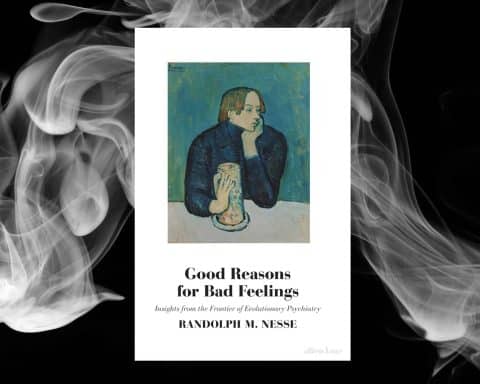
The BBC recently reported on “30,000 excess cardiac deaths in England” since the start of the Covid-19 pandemic, calculated as the difference between reported and expected deaths based on the previous five-year average.1 This feels familiar from the regular televised briefings we had when coronavirus cast a longer shadow, although for a straightforward bit of arithmetic it covers a lot of ground. For starters, any statistical model is based on the assumption that what has happened so far is a guide to what will happen next, like deciding whether you’ll need a jumper tomorrow because it was cold today. All things being equal, it may be a reasonable way to proceed, but that’s the point, isn’t it? All things are not equal! If it was cold yesterday, and a tornado upends your house today, you have bigger problems than your wardrobe. In the face of a global event like the Covid-19 pandemic, should we expect to predict how many people die in a given week of a particular cause, and when our prediction is different to what we measure, should we require the facts to justify themselves, as if they owed us an explanation for being unexpected, or should we check our assumptions?
…anyone who’s ever been beaten over the head with performance-related statistics may already find themselves ducking.
The idea of excess deaths is of course just an attempt to make sense of what’s happening in a complex system with a view to allocating resources appropriately. More interestingly though, the Office of National Statistics also publishes data relating to what are considered avoidable deaths, that is, those that ideally should not occur in the presence of timely and effective healthcare.2 This rather loaded term includes deaths that could be avoided through public health or primary preventive measures, as well as those due to treatable conditions. It is anticipated that as healthcare becomes increasingly effective, more and more conditions will become either preventable or treatable, and more deaths therefore avoidable; the most up-to-date figure for Great Britain currently stands at 22.8% of all deaths for 2020.3 The intention is to use this metric to compare the effectiveness of different healthcare systems, which sounds like a good thing, although anyone who’s ever been beaten over the head with performance-related statistics may already find themselves ducking.
Isn’t this just a little bit weird? Unlike taxes, pretty much any death due to an identifiable cause can be considered avoidable in theory, whether it’s caused by a car crash, avoidable through lower speed limits and safer car design, or a heart attack, through universal statin prescribing. Is it reasonable, though, to expect death to be the exception rather than the rule in life, as if we could insist that the Grim Reaper submit a business case to the authorities for approval before making his rounds? Even if we could, we are assuming that the job would fall to healthcare professionals, car manufacturers, or traffic legislators, when this seems largely not to be the case.
Most of the variation we see in health and longevity is due to factors not directly related to healthcare at all.
Most of the variation we see in health and longevity is due to factors not directly related to healthcare at all. We encourage our patients to eat well, keep active and not drink too much or smoke, but even this is mostly wide of the mark. If we looked at what primarily drives differences in health, we might say more honestly: don’t be poor, disabled, or parent your child alone, and don’t live in sub-standard accommodation or work in a stressful, low-paid manual job, but do make sure you get all the benefits you’re entitled to and use your education to improve your socio-economic position.4 Most people don’t need more medicine to improve their health or live longer, they need a better life.
My final objection to classing deaths as avoidable is that it inevitably raises the question of culpability whenever someone dies. Webster’s Duchess of Malfi famously declared that “…death hath ten thousand several doors for men to take their exits,” but we risk cutting this down to just two, marked ‘Failure’ and ‘Old Age.’5 Is this really where we want to end up? There is naturally a place for well-informed professional reflection when any patient dies, or formal inquiry when a pattern of deaths emerges that is higher than expected, but it is surely in everybody’s interest to go about this positively and with an open mind instead of trying to enforce statistically determined norms or necessarily attribute blame. The mortality rate will never fall below 100%, and however cunningly we avoid it, death is only ever postponed. It is unfortunate that ONS does not publish statistics on lives lived well, but maybe these are harder to come by.
References
- NHS disruption driving rise in heart deaths, charity says – BBC News[accessed 21/11/22]
- Avoidable mortality in the UK QMI – Office for National Statistics (ons.gov.uk)[accessed 21/11/22]
- Avoidable mortality in Great Britain – Office for National Statistics (ons.gov.uk)[accessed 21/11/22]
- The Health Gap: the challenge of an unequal world, Michael Marmot, Bloomsbury 2015
- The Duchess of Malfi, Act 4, Scene 2, John Webster, 1623
Featured photo by Mathew MacQuarrie on Unsplash








